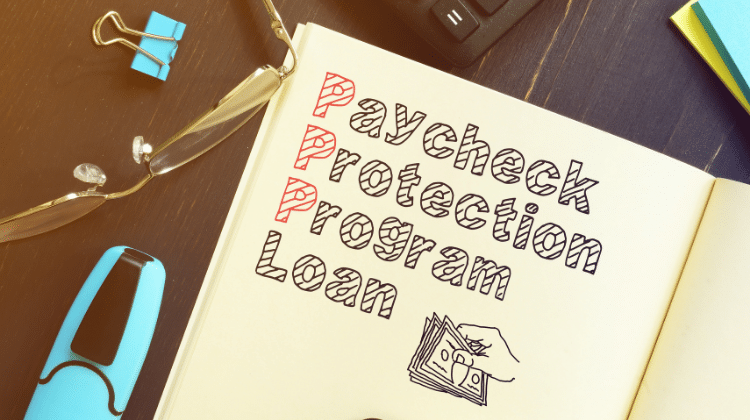
Brought to you by The Middlefield Banking Company:
Every type of loan and application process has unique aspects and requirements. Paycheck Protection Program (PPP) loans are no exception. Here are five tips for applying for PPP loans.
1. Know the Difference between First-draw and Second-draw
There are two different PPP loan options: first-draw and second-draw. First-draw is the type you need to apply for if you’ve never received a PPP loan before, and second-draw is the type you’ll apply for if you’ve previously been approved for a PPP loan.
A first-draw loan is capped at ten million dollars whereas the cap for a second-draw loan is two million dollars. However, the approved uses of these loans and the way your loan amount is calculated don’t differ between first-draw and second-draw PPP loans.
2. Check Your Eligibility
When you decide to fill out a PPP loan application, you need to check whether you’re eligible or not. If you’re not eligible, it would be better to seek alternative options.
There are two main groups who are eligible for this type of loan: independent contractors and small businesses. There are also some other eligibility requirements you should check for.
If you’re not an independent contractor but you are self-employed or a sole proprietor and if your business is a small nonprofit or agricultural cooperative, you’re likely eligible.
3. Provide All Relevant Information
There is other information you’ll need to provide in your application besides the size of your business, the type of work you do, and whether this is your first or second PPP loan application.
You need to fill out an application form in its entirety. There are separate forms for first-draw and second-draw PPP loans. You’ll also need to fill out a separate form depending on your employment or business status.
Relevant IRS forms, such as Form 1040 Schedule C, are required if you’re self-employed with or without additional employees. Various IRS forms and various payroll and benefits records are required from small businesses.
4. Calculate Your Revenue Reductions
Keep in mind, revenue reductions only need to be calculated and proven for a second-draw PPP loan. When you apply for a second loan, you’ll need to prove that your revenues fell by twenty-five percent or more during at least one quarter of the 2020 business year.
To do this, compare the gross receipts from the relevant quarter of 2020 and the same quarter of 2019. If you weren’t in business yet during all or part of 2019, you can compare your gross receipts to the first quarter in which you were in business.
5. Know What You Can Spend the Loan On
There are certain restrictions on what PPP loans can be spent on, because these loans are meant to assist small businesses and independent contractors stay afloat. You can spend the money on various payroll expenditures, utilities, rent or mortgage payments, certain workers’ compensation expenses, and certain operations costs, among other things.
As with any loan, you need to make sure you’re eligible and provide all the proper materials with your PPP application so you have the best chance of being approved.